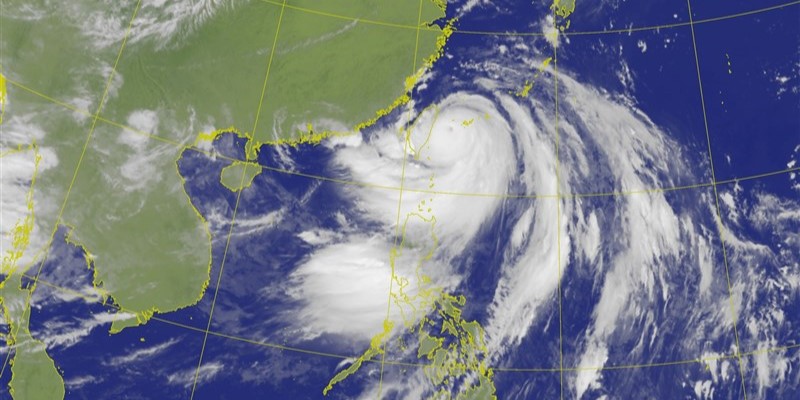Taiwan is devastated, and China prepares for impact.
Others are reading now
On Thursday, Typhoon Gaemi wreaked havoc in northern Taiwan.
The extreme weather resulted in two fatalities, severe flooding, and the sinking of a freighter off the coast.
The powerful storm is now moving west across the Taiwan Strait towards China, where it is expected to unleash more torrential rain.
Impact on Taiwan
As reported by Reuters, the typhoon made landfall around midnight in Yilan County with winds up to 141 mph (227 kph) before weakening.
Also read
By 12:15 p.m., Gaemi was in the Taiwan Strait heading towards Fuzhou in China’s Fujian province.
This is the strongest typhoon to hit Taiwan in eight years.
The storm cut power to about half a million households, though most have power back now, according to utility Taipower.
Southern Taiwan saw heavy rain, with some areas receiving up to 87 inches (2,200 mm) since Tuesday.
Due to the storm, offices, schools, and financial markets were closed for the second day. Public transport was heavily affected, with trains stopped until 3 p.m. and many flights canceled, including all domestic flights and 195 international flights.
The government reported two deaths and 266 injuries due to the typhoon.
Television footage showed pictures of flooded streets across the island.
In the northeastern city of Suao, a restaurant owner described the roof of her business being blown off.
“I was frightened,” said Li Li-chuan. “It was the strongest in years. I was worried that the roof would hit other people.”
Taiwan’s fire department reported that a Tanzania-flagged freighter with nine Myanmar nationals onboard sank off the coast of Kaohsiung. There has been no response from the crew, and search efforts are ongoing.
China Braces for Gaemi
Chinese weather forecasters expect Gaemi to pass through Fujian province later on Thursday and then move inland, gradually losing strength but still bringing heavy rain.
Government officials have prepared for flooding by raising alerts in Fujian and Zhejiang provinces.
In Fujian, about 150,000 people, mainly from coastal fishing communities, have been moved to safety.
As strong winds increase, officials in Zhoushan, Zhejiang, have stopped passenger waterway routes for up to three days. Most flights at airports in Fuzhou, Quanzhou, and Wenzhou have been canceled. Some trains passing through affected areas have also been stopped.
Meanwhile, northern China is experiencing heavy rain from summer storms linked to a separate weather system.
In Beijing, more than 25,000 people were evacuated due to heavy rain, and emergency plans were activated. Train services at Beijing West Railway Station were also stopped.


